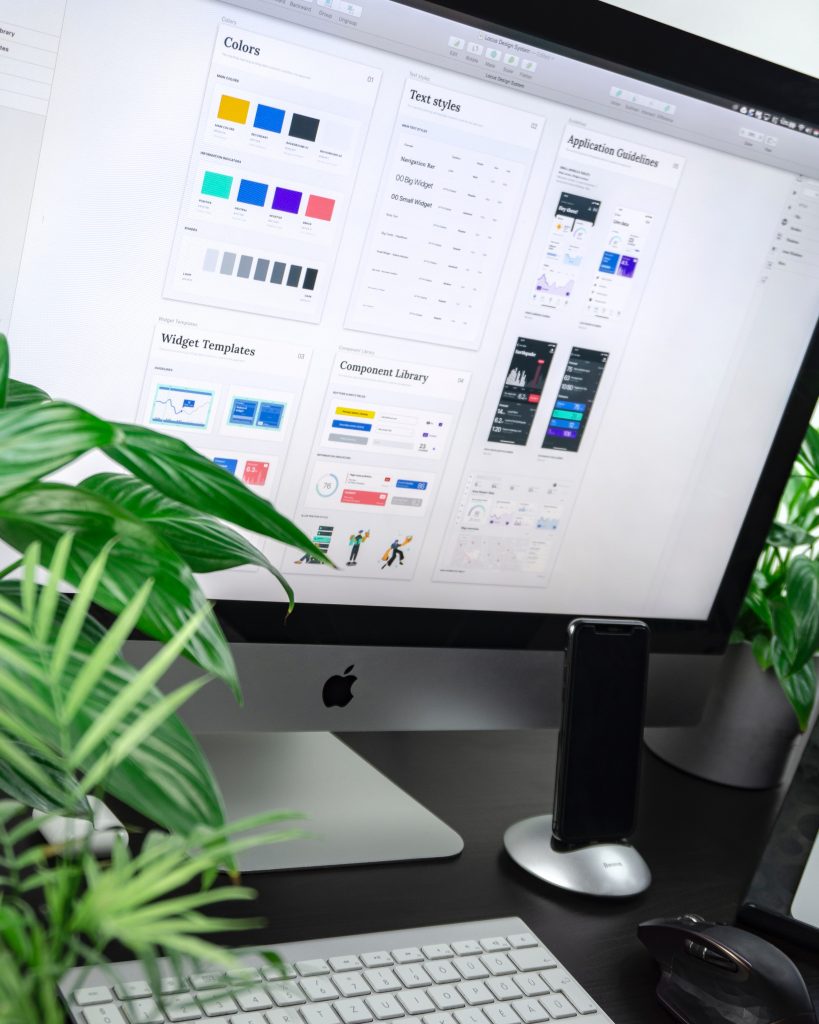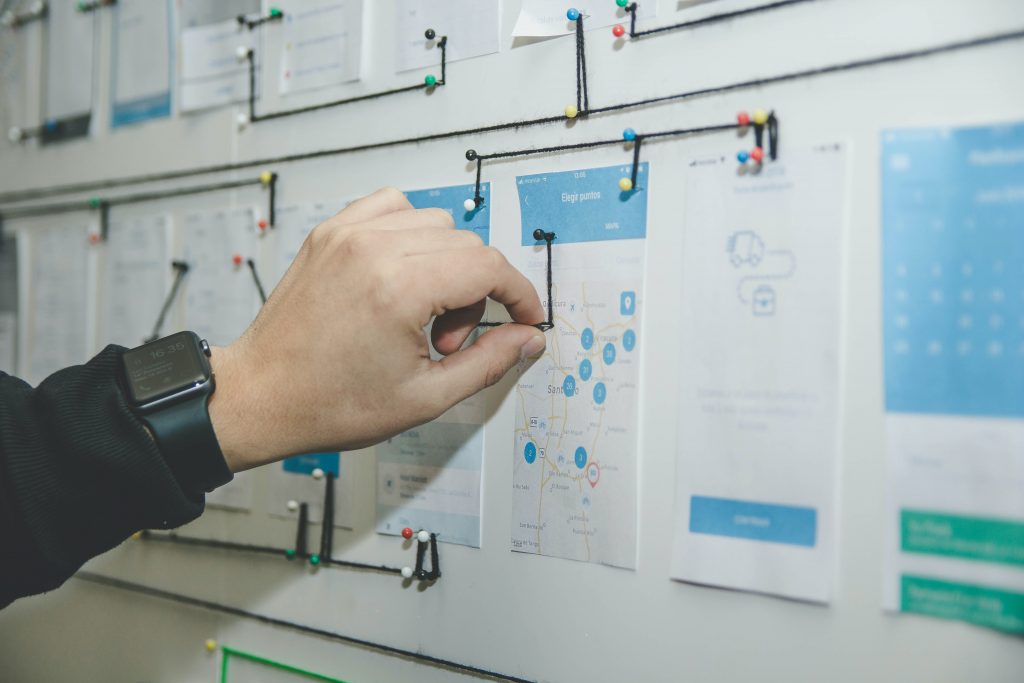The Visual Designer’s Impact on User Experience

User experience design is an emerging field that has continued to grow and evolve over the past few years. Many specialized roles have emerged from user experience, including the visual designer and user interface designer. So this article explains the importance of visual design and touches on the design principles that visual designers use to improve the user experience.
What is Visual Design, and What’s the Importance of A Good Visual Designer in UX?
Visual designers are responsible for creating the overall look and feel of a product, including the selection of typography, color palettes, and images. A visual designer’s first and foremost goal is to make interfaces usable—the user’s eye should be drawn to the correct information and functionality based on their goals. Visual designers prioritize content on a page through size, color, and the use of negative space. But as this goal is achieved, they can also introduce elements of delight into their designs through interactions and animations.
Visual design is essential as it focuses on the user experience from the very beginning. Visual designers work closely with product designers and UI designers to create a product with good aesthetics and functionality based on the goals of the product. They are responsible for creating an emotional connection between the user and the product and also helping users navigate the product. If the visual design is not effective, a user might not understand how to use the product. Furthermore, the visual design impacts brand recognition, and a company’s brand might be negatively affected if the consumers don’t connect with the product.
What are Some of the Essential Principles Followed by A Visual Designer?
When a visual designer works with a brand, design principles become very important to communicating the brand message. The following principles are the tools needed to make the designs look good and work well.
Unity
When it comes to design, unity refers to the way the elements interact with one another. The visual aspects of a design should be related to each other. In addition, unity facilitates the clear, cohesive communication of concepts. So, designs with good unity look more organized, more professional, and more authoritative than those with poor unity.
Variety
Creating visual interest in a design requires variety. Colors, typography, images, shapes, and virtually any other design element can create variety. When a design lacks variety, it becomes monotonous, and the user becomes uninterested.
Contrast
In a design, contrast is the amount of difference between adjacent elements. These differences are what set the elements apart. To create an accessible design, contrast is essential. A lack of contrast can make text content especially difficult to read, especially for those with visual impairments. Contrast is the reason we have calls to action in different colors, sizes, and shapes from other elements.
Emphasis
The emphasis of a design focuses on the parts that stand out. It is usually intended that the design conveys the most critical information. It is also possible to reduce the impact of certain pieces of information by de-emphasizing them. Emphasis is how we started paying less attention to the website’s footer section and started spending most of the time above the fold on a website or product page.
Hierarchy
Hierarchy determines how well content can be processed by the user. For example the most important content should appear to be the most important. For example headings, subheadings, and paragraphs are the most common parts of a website’s hierarchy that we are used to seeing.

Movement
Movement is the way the eye moves through a design. It can be achieved by the way the page is laid out, also by using placement (our eyes go to certain parts of the page first), emphasis, and other things like color, texture, or media, for example!
Conclusion
The principles communicated above make a design friendly and usable, and understanding these principles makes visual designers undoubtedly valuable. The visual designer’s impact on user experience can’t be understated. Undeniably the visual design of a product will have an affect on the user experience and is responsible for creating a connection between the user and the product.